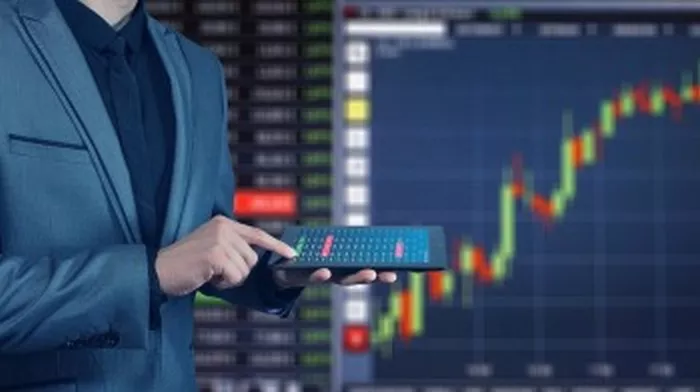TradingView stands out as a premier online platform catering to traders and investors worldwide. Renowned for its intuitive interface and robust charting capabilities, TradingView has become a staple tool for technical analysis, charting, and trading across various financial markets. With a vast user base spanning from beginners to seasoned professionals, TradingView offers a dynamic environment for market analysis and decision-making.
Futures Trading on TradingView
TradingView is not just a platform for analyzing markets; it also facilitates futures trading directly on its interface. Users can access a wide range of futures markets, enabling them to trade contracts based on various underlying assets, including commodities, currencies, and indices.
Types of Futures Contracts Available
TradingView offers users access to different types of futures contracts to suit their trading preferences and strategies:
Spot Futures: These contracts have fixed expiration dates, making them suitable for short-term trading strategies. Traders can capitalize on short-term price movements in the underlying asset.
Continuous Futures: Continuous futures contracts automatically roll over upon expiration, making them ideal for long-term investments. This feature allows traders to maintain exposure to the underlying asset without having to manually switch contracts.
Option-Based Futures: These contracts provide traders with the right, but not the obligation, to buy or sell the underlying asset at a predetermined price within a specified time frame. Option-based futures offer flexibility and risk management benefits.
See Also: What happens to Nifty futures on expiry?
Reading and Analyzing Charts
Chart analysis is fundamental to successful futures trading, and TradingView offers a plethora of chart types to cater to diverse trading styles:
Line Charts: Line charts provide a simple visualization of the overall trend over time, making them useful for identifying long-term market trends.
Bar Charts: Bar charts display the opening, closing, high, and low prices for each period, offering more detailed information about price movements.
Candlestick Charts: Candlestick charts reveal price patterns and trends more vividly, allowing traders to identify key support and resistance levels, as well as potential reversal patterns.
Point-and-Figure Charts: Point-and-figure charts focus on specific price movements, filtering out insignificant fluctuations and providing a clearer picture of market trends.
Advantages and Disadvantages
Trading futures on TradingView offers several advantages, but it also comes with its limitations:
Advantages:
Real-Time Data: TradingView provides access to real-time market data, allowing traders to stay updated on price movements and market trends.
Community Insights: Users can leverage TradingView’s social features to share trading ideas, strategies, and insights with a vast community of traders.
Technical Analysis Tools: TradingView offers a wide range of technical analysis tools and indicators, empowering traders to conduct in-depth analysis and make informed trading decisions.
Disadvantages:
Limited Execution Capabilities: While users can analyze and monitor futures markets on TradingView, they need to execute trades on external platforms, as TradingView does not offer direct trading functionality.
Tips and Strategies for Success
For beginners venturing into futures trading on TradingView, here are some essential tips to keep in mind:
Understand Contract Specifications: Familiarize yourself with the specifications of the futures contracts you intend to trade, including contract size, tick size, and expiration dates.
Set Risk Management Rules: Establish clear risk management rules, including stop-loss orders and position sizing, to protect your capital and minimize losses.
Stay Informed: Keep abreast of market news, economic indicators, and geopolitical events that may impact futures prices. Understanding market fundamentals is crucial for making informed trading decisions.
Use Stop-Loss Orders: Implementing stop-loss orders is essential for managing risk and limiting potential losses. Set stop-loss levels based on your risk tolerance and trading strategy.
Encouragement to Explore Educational Resources and Practice with Demo Accounts
To enhance your trading skills and gain hands-on experience, take advantage of TradingView’s educational resources and practice with demo accounts. Educational materials, tutorials, and webinars can help you deepen your understanding of futures trading concepts and strategies. Additionally, demo accounts allow you to trade in a simulated environment without risking real capital, providing a valuable learning experience for traders of all levels.
Conclusion
Trading futures on TradingView opens up a world of opportunities for traders seeking exposure to various asset classes and markets. With its user-friendly interface, advanced charting tools, and access to real-time data, TradingView empowers traders to conduct thorough analysis and make informed trading decisions. By leveraging the platform’s features and following sound trading practices, traders can navigate the futures markets with confidence and pursue their financial goals effectively.

